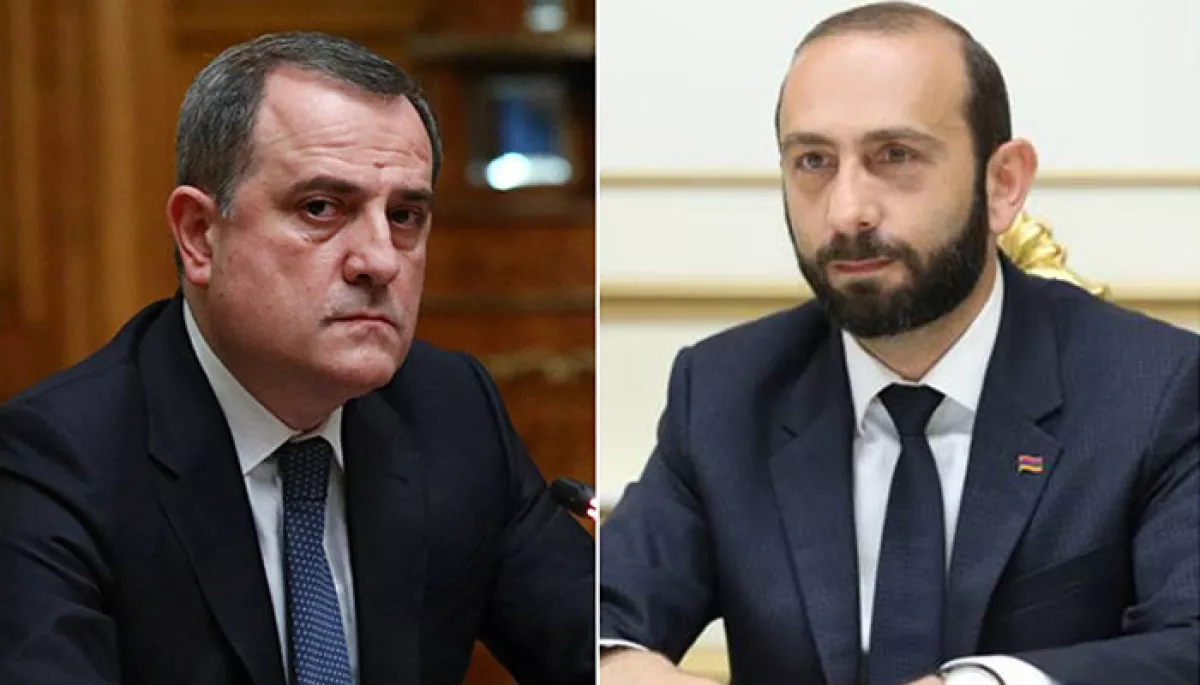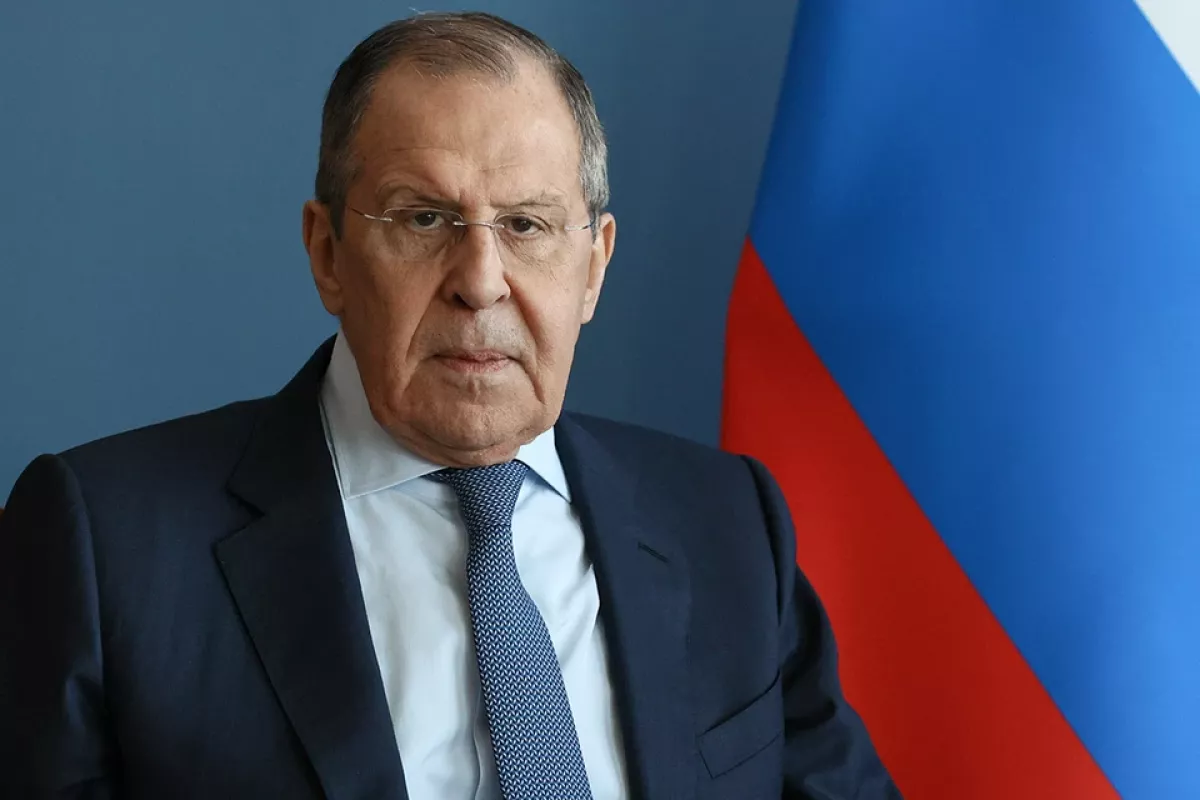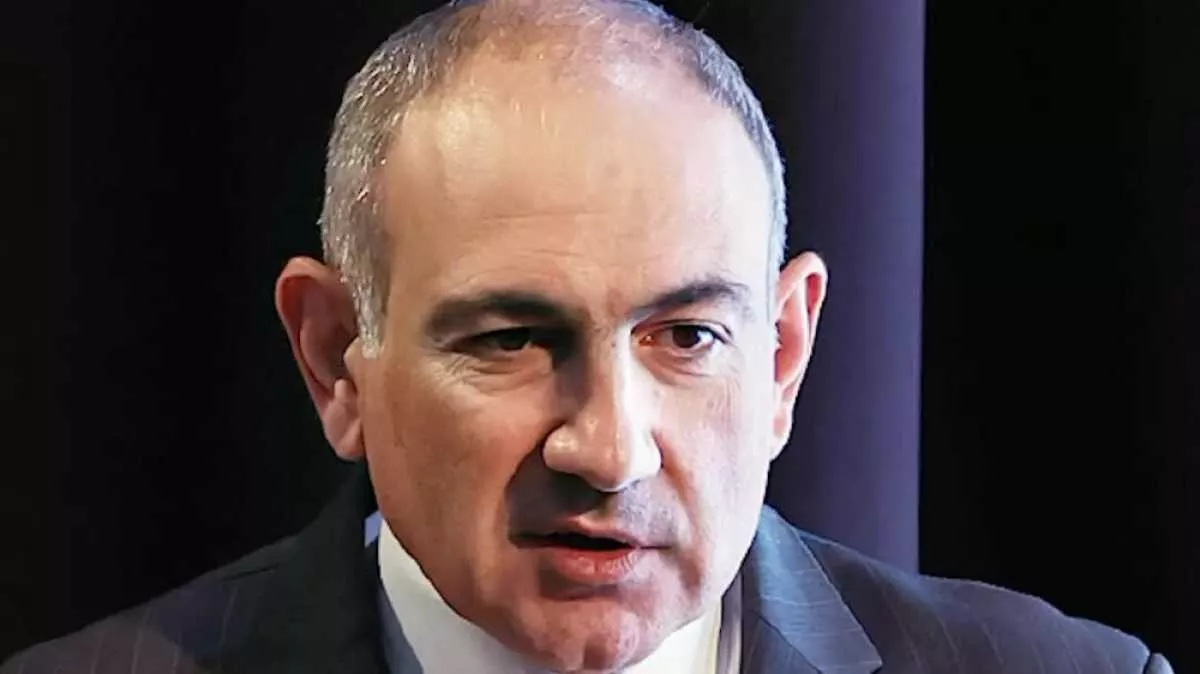Pashinyan talks, Azerbaijan awaits concrete action Without fulfilling Baku’s conditions, there will be no peace deal
Recently, the Armenian newspaper Zhoghovurd, citing Russian sources, hinted at the possibility of a peace agreement between Baku and Yerevan being signed in the coming months.
According to the publication, Russian President Vladimir Putin is expected to meet Armenian Prime Minister Nikol Pashinyan and Azerbaijani President Ilham Aliyev ahead of the annual Victory Day parade on Red Square in Moscow on May 9. The meeting is reportedly aimed at reaching an agreement for Baku and Yerevan to sign a peace document in Almaty after the May holidays.
The publication notes that “Kazakhstan was not randomly chosen as the potential location for signing the document, as Pashinyan has based the Armenian-Azerbaijani negotiations on the Alma-Ata Declaration.” However, this insider information has not been confirmed by the Armenian government.
In May 2024, talks between the foreign ministers of Azerbaijan and Armenia, Jeyhun Bayramov and Ararat Mirzoyan, took place in Almaty. During the meeting, the top diplomats discussed preparations for a peace treaty between the two countries and agreed to continue negotiations on the outstanding issues.

Back in 1991, the Alma-Ata Declaration was signed in Almaty, affirming the borders of the sovereign states that emerged following the collapse of the Soviet Union. Thus, the location carries a certain symbolic meaning.
In October 2022, following a meeting in Prague, the leaders of Armenia, Azerbaijan, France, and the European Council issued a joint statement which noted, in particular: “Armenia and Azerbaijan confirmed their commitment to the Charter of the United Nations and the Alma Ata 1991 Declaration through which both recognize each other’s territorial integrity and sovereignty.”

In December 2022, Russian Foreign Minister Sergey Lavrov stated that Armenia’s signing of the Alma-Ata Declaration signifies Yerevan’s recognition of Karabakh as part of Azerbaijan. “The Alma-Ata Declaration stipulates that all former Soviet republics confirm the inviolability of borders as they existed between the USSR republics,” Lavrov recalled, noting that this means recognition of the “Nagorno-Karabakh Autonomous Region” as part of the Azerbaijani SSR.
“When this was endorsed by Azerbaijan, Armenia, France, and Mr. Michel (President of the European Council) without any reservations, it settled the matter of how to approach the status of Karabakh,” the Russian foreign minister said.
In October 2023, Armenian Prime Minister Nikol Pashinyan signed a declaration on the sidelines of the European Political Community summit in Granada, Spain, in which he recognised Azerbaijan’s territory as 86,600 square kilometres—including Karabakh. The document stated: “They remain committed to all efforts directed towards the normalization of relations between Armenia and Azerbaijan, based on mutual recognition of sovereignty, inviolability of borders and territorial integrity of Armenia (29.800 km2) and Azerbaijan (86.600 km2), as mentioned in President Michel’s statements of 14 May and 15 July 2023.”
Around the same time, Prime Minister Pashinyan, speaking during a government session, declared with dramatic flair that any renunciation of the 1991 Alma-Ata Declaration—which affirms mutual recognition of territorial integrity between Armenia and Azerbaijan—would amount to a renunciation of Armenia’s independence itself.
Following this statement, the Armenian opposition began accusing Pashinyan of “handing over Karabakh to Azerbaijan.” However, as is evident, Armenia had recognised Karabakh as part of Azerbaijan long before Nikol Pashinyan came to power.
During a press conference last year, ahead of the meeting between the Azerbaijani and Armenian foreign ministers in Almaty, Pashinyan stated that the Alma-Ata Declaration serves as the foundational principle for border demarcation between Armenia and Azerbaijan.
In April 2024, as a result of a meeting between the state commissions on border delimitation, Armenia and Azerbaijan agreed to carry out the delimitation process in accordance with the 1991 Alma-Ata Declaration. This development signified that the former administrative borders between the Soviet republics are now being formalised as international borders.
Border delimitation is a lengthy technical process, involving the drawing of a boundary over a distance of more than 1,000 kilometres. However, this is not the main obstacle to signing a comprehensive peace agreement. The Armenian leadership continues to refuse to amend the country’s constitution to remove territorial claims against Azerbaijan, and is also delaying the dissolution of the long-defunct and amorphous OSCE Minsk Group.
In Baku, little attention is paid to the Armenian authorities’ verbal assurances regarding Karabakh’s status as part of Azerbaijan or their professed commitment to peace in the region. What Azerbaijan awaits are concrete actions.

Nikol Pashinyan, a master of rhetorical acrobatics, makes such statements with the clear aim of attracting attention and gaining support from the international community. Unfortunately, the leadership in Yerevan has failed to draw the necessary lessons from the loud collapse of attempts to push through a “truncated” peace deal with Baku.
At the same time, Pashinyan’s government continues to actively pursue the militarisation of Armenia under the guidance of its new Western patrons — the EU and France — thereby fuelling revanchist sentiment within the country and increasing the risk of a renewed conflict with Azerbaijan.
This state of affairs significantly reduces the likelihood of a peace agreement with Azerbaijan being signed in the foreseeable future. As a result, the chances of Azerbaijan and Armenia signing any kind of peace document in the coming months are close to zero. Unless Yerevan fulfils Baku’s key conditions, no amount of Armenian pretexts will lead to a peace agreement. There are no alternative options — nor will there be.








